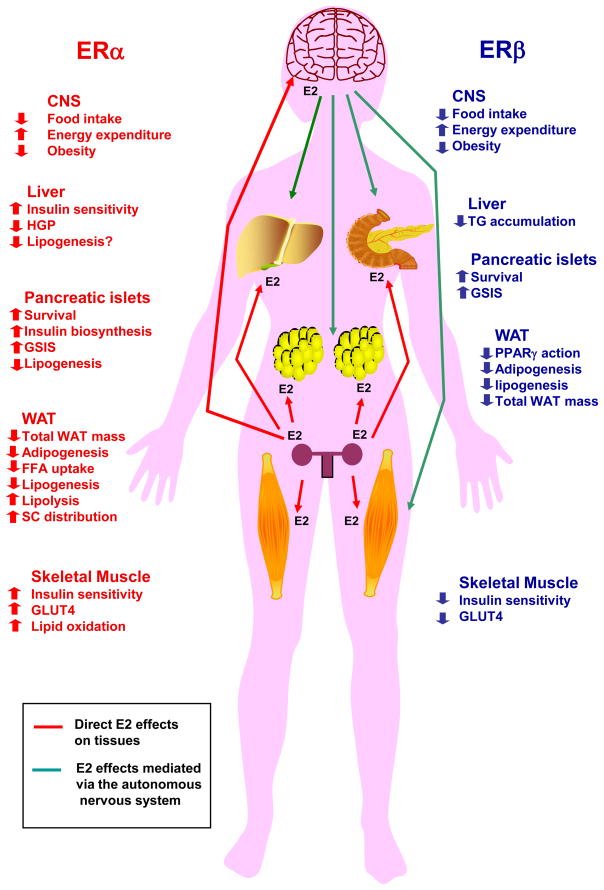Figure 1. Metabolic effects of ERα and ERβ activation in females.
Activation of ERα in the central nervous system (CNS) suppresses food intake, increases energy expenditure and decreases body weight. In addition, activation of ERα improves peripheral energy and glucose homeostasis in multiple ways by 1) preventing liver steatosis, suppressing hepatic glucose production and improving insulin sensitivity, 2) enhancing skeletal muscle lipid oxidation, GLUT4 expression and insulin sensitivity, 3) enhancing subcutaneous white adipose tissue (WAT) distribution while decreasing overall WAT mass by decreasing WAT free fatty acid (FFA) uptake, lipid synthesis and increasing lipolysis, 4) favoring pancreatic β-cell survival and function by preventing pro-apoptotic injuries and lipotoxicity, and increasing insulin biosynthesis and glucose-stimulated insulin release (GSIS). Activation of ERβ in the central nervous system (CNS) also suppresses food intake and increases energy expenditure and prevents obesity on a high fat diet. In addition, activation of ERβ affects peripheral energy and glucose homeostasis by 1) favoring pancreatic β-cell survival and function by preventing pro-apoptotic injuries and increasing GSIS, 2) preventing obesity and decreasing WAT mass, 3) promoting insulin resistance in absence of ERα activation. ERα and ERβ metabolic actions on peripheral tissues result from direct activations of ERs in these tissues or from a central ER action affecting peripheral tissues via the autonomous system CNS ERs.

